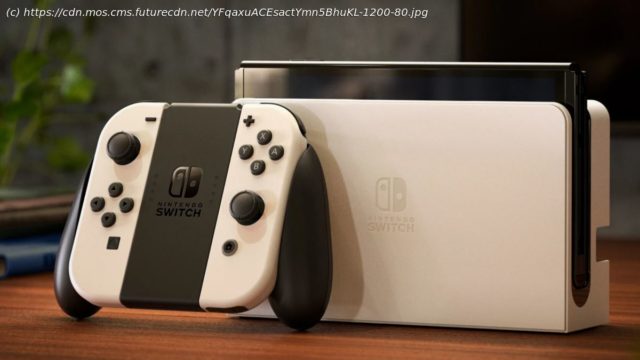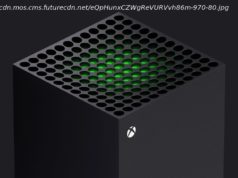The Nintendo Switch OLED model upgrades the Nintendo Switch LCD screen and adds brand-new features. Here’s what you need to know.
After months of speculation, we finally know what Nintendo’s mid-gen refresh of the Switch looks like – and it’s called the Nintendo Switch OLED. Nintendo made the announcement on July 6 on its official Twitter account, after many had speculated that the new console would be revealed before or during E3 2021 in June. The specs of the Nintendo Switch OLED align with some of the rumors we’d been hearing about the updated console, and it comes with a 7-inch OLED screen, which is larger than the Switch’s 6.2-inch LCD display. Here’s everything you need to know about Nintendo’s new hybrid console. The Nintendo Switch OLED will be available on October 8,2021, and it costs $349.99 / £309.99 / AU$539. The current Nintendo Switch costs $299.99 in the US, £279.99 in the UK, and $449 in Australia, while the Nintendo Switch Lite, which is a handheld-only device, costs $199.99 / £199.99 / AU$329.95. It means the Nintendo Switch OLED costs $50 / £30 / AU$90 more than the standard Switch model, which isn’t a massive premium to pay for the new features on offer. We know that the Nintendo Switch OLED’s main appeal is its organic light emitting diode display, or OLED for short. OLED is widely regarded as one of the best display technologies around, as unlike an LCD screen, it doesn’t rely on a backlight to display images. Instead, it displays images using light emitted by each individual pixel, which means you can get perfect inky blacks and higher contrast levels. The display size of the Nintendo Switch OLED is also larger than the original Switch’s LCD screen. It’s now 7 inches, which should give you a bit more real estate when you’re huddled over playing Mario Kart 8 Deluxe with friends, and provide some added immersion when playing The Legend of Zelda: Breath of the Wild 2 when that game eventually releases sometime in 2022. Some surprises come in the form of a wider, adjustable stand, and enhanced audio quality; however, it doesn’t look like the Nintendo Switch OLED will support spatial audio tech like Dolby Atmos. Instead, it appears that the speakers on the unit itself have merely been upgraded for a better experience when you’re playing in handheld or tabletop mode. The wider kick stand is more akin to something we’d find on a Microsoft Surface, and means that, when playing in tabletop mode, it’ll be much easier to find the perfect position to play. Another new addition is wired LAN support, which will come as a relief to those who feel Nintendo Switch’s online games aren’t the most stable or reliable when played over Wi-Fi.
Home
United States
USA — software Nintendo Switch OLED release date, price, specs, and why it's not 4K






